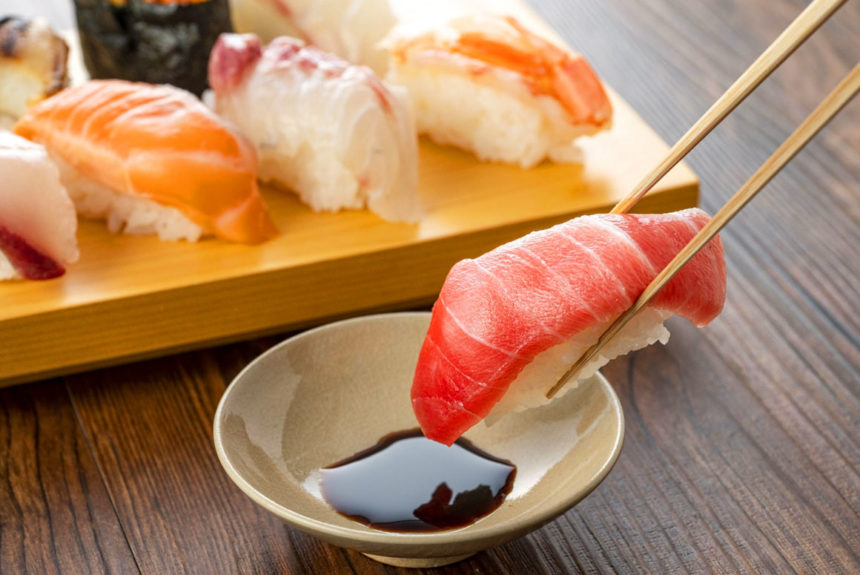The Japanese are a very proud nation which strives for excellence and perfection. A strong cultural background means Japanese cooking is the result of a long and varied history.
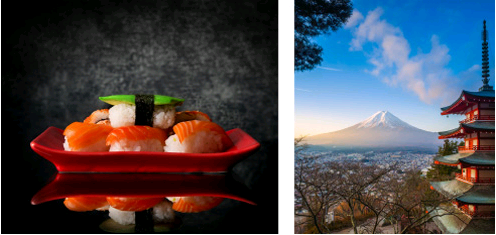
A brief history
Japan has shaped itself in a culinary sense over millennia by borrowing various techniques and food ideas from foreign visitors such as the Dutch, Spanish and Portuguese. These visitors introduced foods like sweet potato, maize and peppers and of course tempura – first introduced by the Portuguese and now completely absorbed into Japan’s food culture.
Another heavy influence was China; the Japanese learnt how to cultivate rice, brew soy sauce and make tofu, noodles, Gyoza and ramen – a staple of Japan. All these foods originated in China. Buddhism found its way to Japan from China in the sixth century. This had a profound effect on the nation, with a ban on eating meat for the next 1000 years.
As a result of Buddhism, cooking styles became simpler and a wider variety of vegetarian food became the norm. It was around this time that eating raw fish with rice arose. This is a style of cuisine indelibly associated with Japan and which never tires, constantly yielding new discoveries – and there is much to discover.
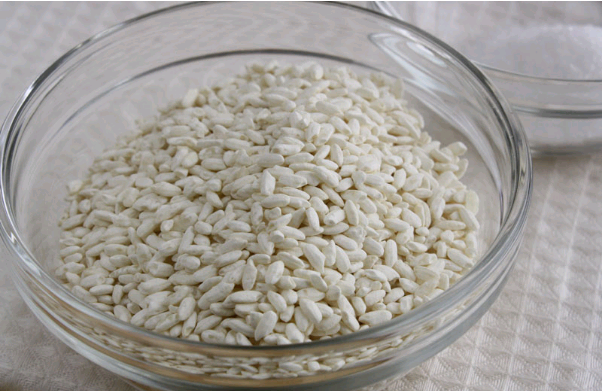
So what are the basics of Japanese cuisine?
Soy sauce, sake, dashi and of course, miso paste…
But first, what is Koji?
Koji is a type of fungus or mould used in the production of soy sauce, sake and miso paste. It is made by growing the aspergillus oryzae mould on cooked grains or soybeans in a warm, humid place.
Koji mould is essential to the fermentation process as it releases various enzymes that break down starch proteins, turning them into sugars and amino acids.
There are various different types of Koji mould, all with different uses and outcomes. For example, Rice Koji is used by sake brewers, who take great care in keeping their Koji a secret from others, using different strains to produce different characteristics unique to their sake.
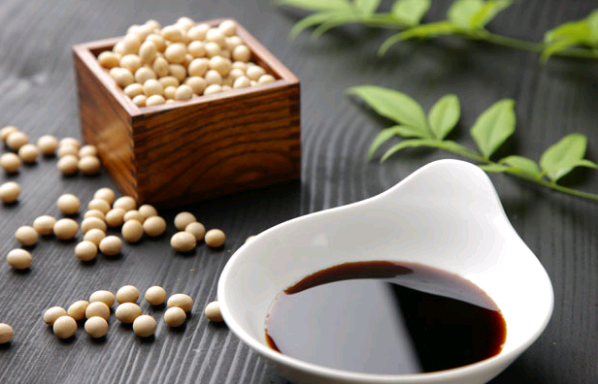
Soy sauce
Soy sauce, or shoyu in Japanese, is made from the versatile soy bean. The beans grow in a 50cm tall bush which produces clusters of bean pods each containing 2 to 3 beans.
The beans are harvested and roasted together with wheat, salt, water and Koji to produce a briny mash. This is then transferred to fermentation tanks and brewed for one year.
These are 3 basic categories of soy: natural Chinese, natural Japanese and synthetic. Natural Chinese is quite salty, has a dense flavour and is available in a variety of types. Natural Japanese soy tends to have a brighter taste and aroma, with an almost floral nose. More wheat is used in making Japanese soy, contributing to the sweeter and less salty taste when compared with Chinese-style sauces. The synthetic soy has had the brewing process accelerated with the use of chemicals including hydrochloric acid. This speeds up the chemical reaction that happens naturally in the traditional brewing process.
What are the different types of soy used in the Japanese kitchen?
White soy is again light, almost golden in colour with a fruity aroma, and with a balanced slightly sweet and salty taste. The fermentation and aging are halted at 3 months to obtain the colour and taste.
Tamari soy is, interestingly, a byproduct of making miso. Natural Tamari contains no wheat and is the collected liquid runoff from the miso aging process.
Sweet soy is a Indonesian soy which has added of palm sugar and often has aromatics added during its production such as star anise, cinnamon, cloves, coriander etc..
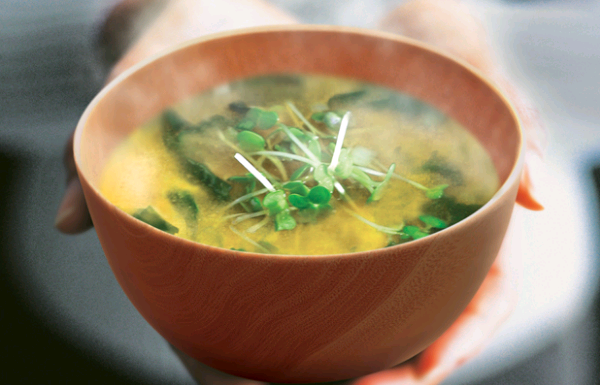
Miso
Miso has numerous health benefits, such as boosting immunity, improving digestion, reducing cholesterol, is high in antioxidants and is claimed to improve Japanese longevity.
There are many different kinds of miso, with each town in Japan having their own unique type – a bit like cheese producers in France. All are essentially made with the same method – crushing boiled/steamed soy beans, adding salt, then wheat, barley or rice, and injecting the mixture with Koji. This mixture is allowed to mature for a matter of months or up to 3 years.
The different types of miso include:
- Saikyo miso is a sweet miso made with more rice than soy bean, with very little ageing.
- Shiro miso is made with 40% soybean and 60% rice and aged upwards of 6 months.
- Aka miso is made with 70% soy beans and 30% rice or barley and aged for 1 to 1.5 years
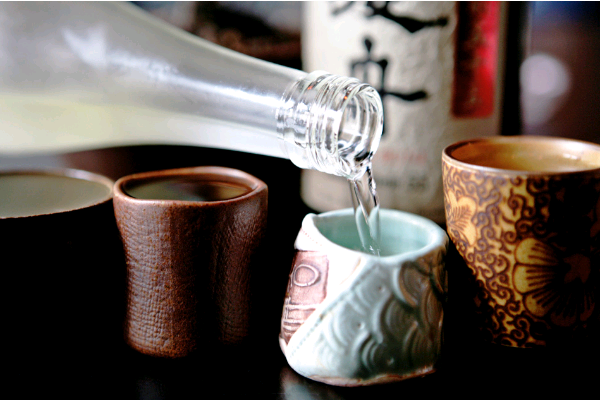
Sake
Sake is a beverage made from rice that has been polished, washed, soaked and steamed.
Koji is added along with water and left to ferment as you would for beer. It is then pressed and strained to produce a clear alcohol.
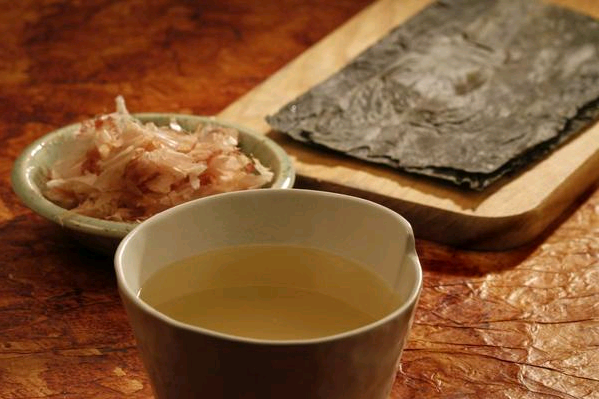
Dashi
Dashi is a mildly flavoured stock using dried bonito (fish) flakes, kombu and pure water.
Dashi stock is as important to Japanese cooking as a beef jus or butter would be to the French.
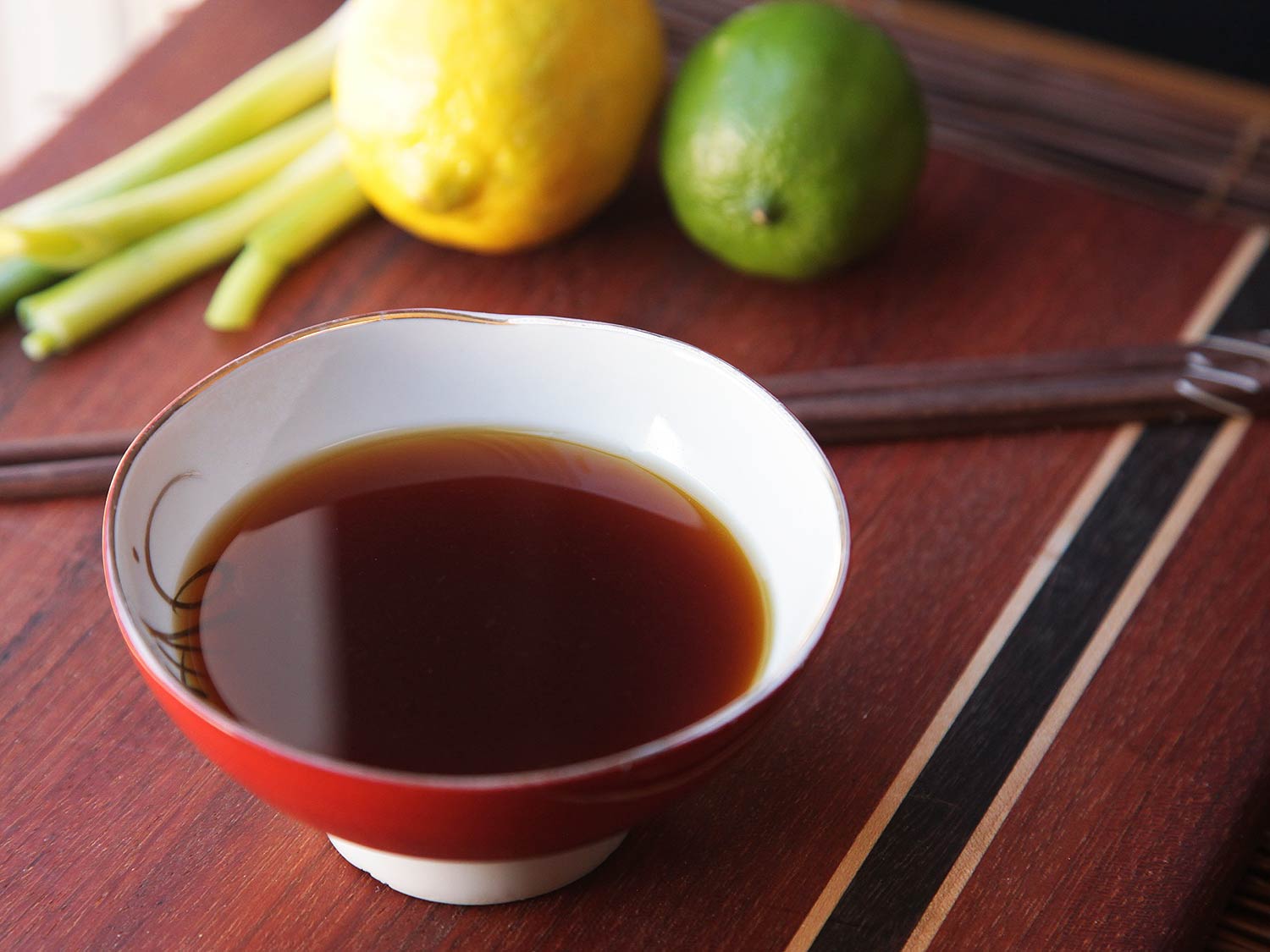
Ponzu
A ponzu is a sour soy made with citrus (such as yuzu juice), bonito flakes, kombu, soy, and vinegar.
It’s a very flavoursome sauce that that can be used for a number of recipes, by itself with sashimi, or incorporated into a butter.
It always makes its presence known and lifts the taste of whatever it accompanies.

